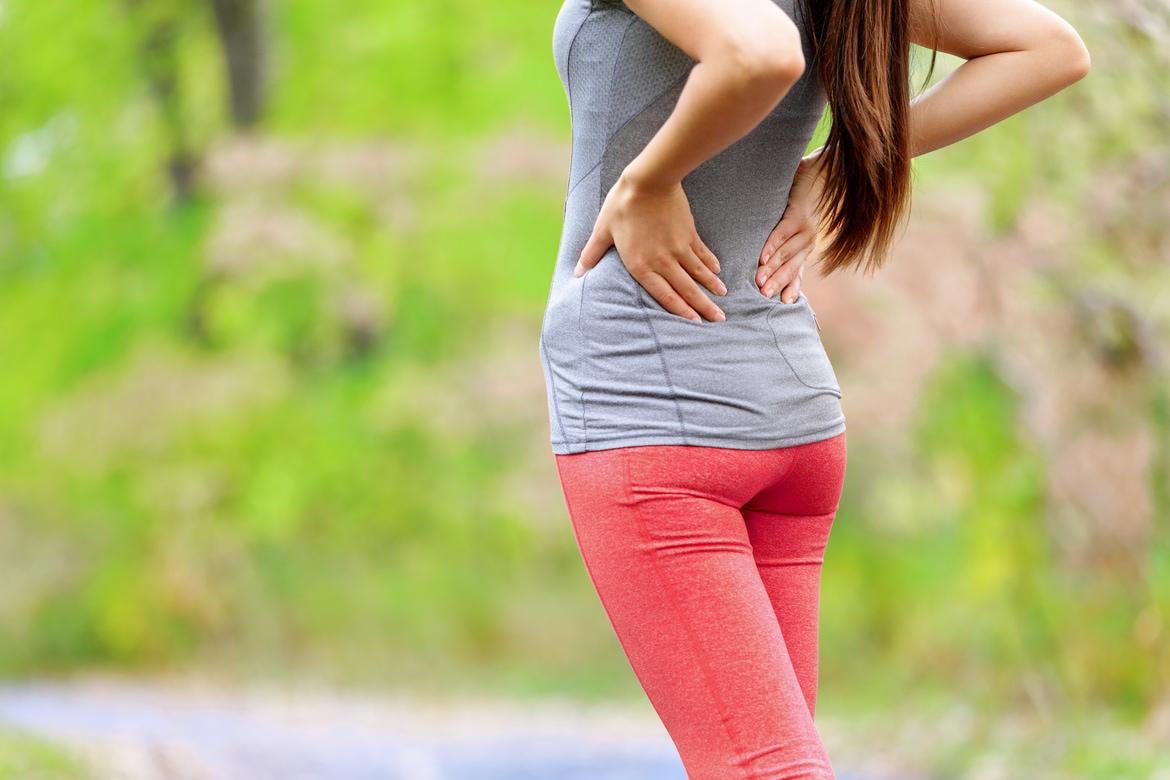-
-
Featured Care Areas

Scoliosis
What is scoliosis?
Scoliosis occurs when the spine curves from side to side, usually in an ‘S’ shape. The condition may also cause the spine to be rotated.
Scoliosis can be mild, moderate or severe. The severity of scoliosis depends on the Cobb angle, which is the standard measurement used to determine and track the progression of scoliosis.
Cobb angle measurement and the severity of scoliosis:
- Mild scoliosis: 25 degrees or less
- Moderate scoliosis: Between 25 and 40 degrees
- Severe scoliosis: More than 40 degrees in adolescents and more than 50 degrees in adults
Types of scoliosis
The 4 main types of scoliosis are:
- Idiopathic scoliosis (of unknown cause). This is one of the most common forms of scoliosis, which usually occurs during childhood, or adolescence.
- Degenerative scoliosis. This form of scoliosis results in the degeneration of the discs that separate the vertebrae (small bones that form the backbone), or arthritis in the joints that link them.
- Congenital scoliosis. This type of scoliosis results in congenital birth defects in the spine, and is often associated with other organ defects.
- Neuromuscular scoliosis. This form of scoliosis leads to a loss of control of the nerves or muscles that support the spine, commonly due to cerebral palsy or muscular dystrophy.
What are the symptoms of scoliosis?
Many signs of scoliosis are noticeable and can be discovered in early childhood. These include:
- 'S'-shaped curve in the back when standing
- A tilt in the waistline
- Curving of the body to one side when viewed from the front or back
- One breast appearing higher than the other in women
- One shoulder that appears higher than the other
Scoliosis is usually found in school children during health screening by nurses who look for unevenness of the torso when the child bends forward.
What are the causes of scoliosis?
Scoliosis is not a condition caused by carrying heavy objects (e.g. a heavy school bag on one shoulder), sports or physical activities, poor standing or sleeping postures, or a lack of calcium in your diet.
- Idiopathic scoliosis occurs due to an unknown cause, and can also be a result of a genetic pre-disposition. It typically starts in the young. This type of scoliosis tends to be more common in girls, but when found in boys, the condition can be more severe.
- Degenerative scoliosis is the result of asymmetrical spine degeneration. It may occur in someone with idiopathic scoliosis that started at a young age, or it can occur as a person gets older.
Scoliosis is best prevented by stopping progression through:
- Regular screening for scoliosis
- Treatment of the underlying diseases of the spine
- Neuromuscular retraining exercises
What are the complications and related diseases of scoliosis?
While scoliosis is not a life-threatening condition, it can present various complications in the long run, especially if left untreated. These may include:
- Lung and heart problems. Severe scoliosis can lead to breathing and heart problems, as spine curvature may cause the rib cage to press against the lungs and heart.
- Chronic back pain. Having scoliosis as a child puts you at a higher risk of developing chronic back pain.
- Visible physical changes. Severe scoliosis may result in visible changes in the body, such as uneven hips and shoulders.
- Osteopenia. Scoliosis is related to osteopenia, a condition characterised by loss of bone mass, which puts you at risk for osteoporosis.
There is also the risk of complications that arise from surgery. These may include:
- Spinal fluid leakage. Spinal surgery can damage the dura, which is the outermost layer of the meninges. This can lead to cerebrospinal fluid leak or spinal fluid leak. If left untreated, spinal fluid leakage leads to headache, visual disturbances, nasal drainage, meningitis (inflammation of the meninges), and tinnitus (hearing noises without external sources of sound).
- Nerve damage due to surgery. Spinal fusion, a surgery that aims to reduce the curvature of the spine, can damage the spinal nerves and cause numbness in the legs, or loss of lower body function.
- Possible infection after spine surgery. Infection after spine surgery can happen on the incision area, or in the spinal column. It can lead to swelling or redness and pus around the incision area, excessive drainage from the incision area, and fever.
This page has been reviewed by our medical content reviewers.
Need help?
For enquiries, please call
+65 6575 7575
For appointment bookings, please WhatsApp
+65 8111 9777





